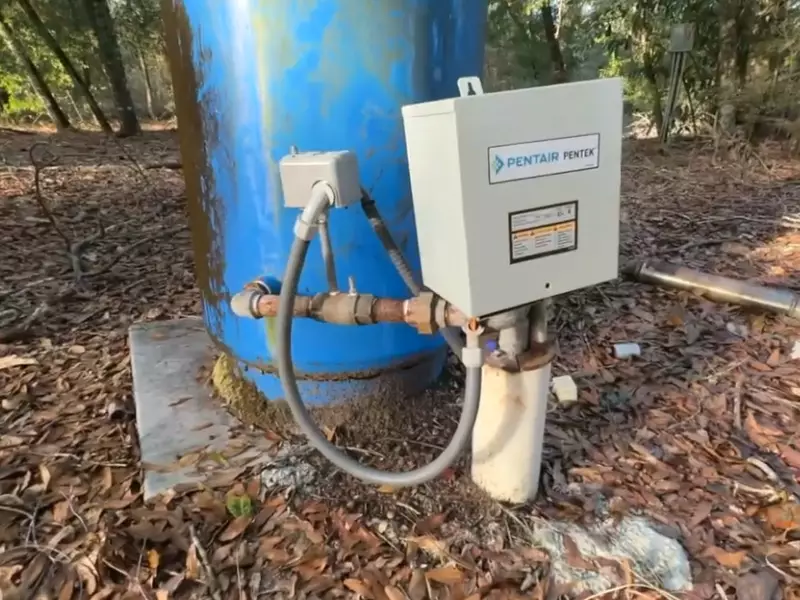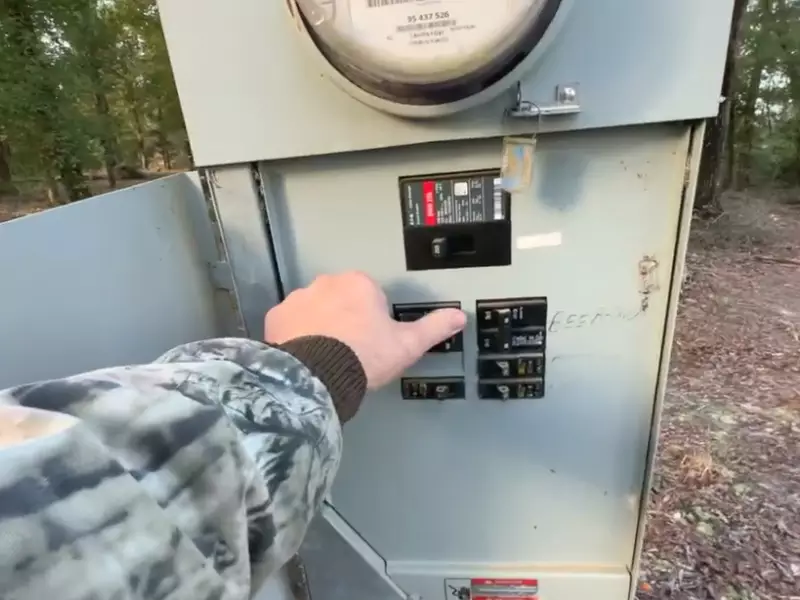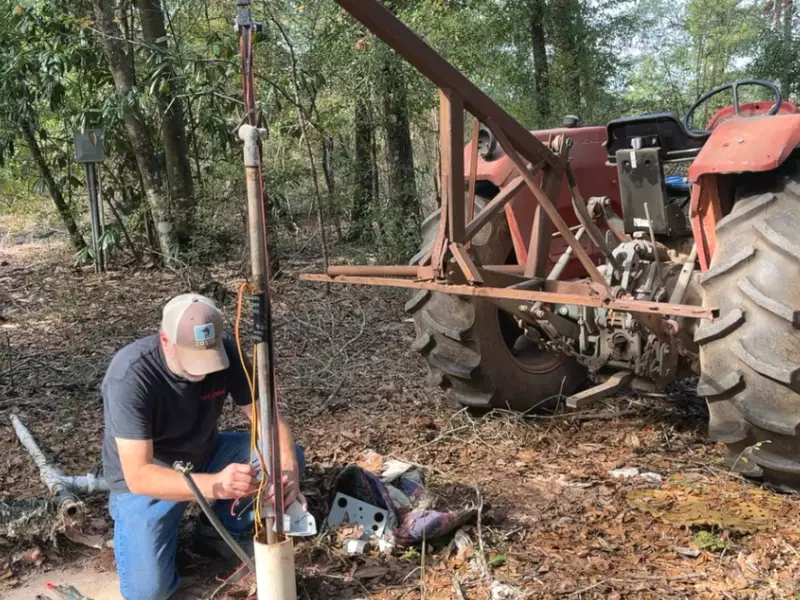The importance of water is irrefutable, and a large portion of homes and industries depend on submersible water well pumps to access this vital resource. Submersible pumps are integral for fetching water from deep underground sources, ensuring a constant supply. However, just like any other mechanical device, it requires maintenance, and sometimes, pulling it out for repairs or replacement becomes inevitable.
So, how does one efficiently pull out a submersible water well pump? Essentially, it’s a methodical process that involves disconnecting electricals, detaching pipelines, and carefully lifting the pump out. But, the expertise required and the intricacies involved go much deeper than that.
Drawing upon my 15+ years of experience as a senior well mechanic, I’ve encountered a myriad of challenges while pulling submersible pumps. Today, I aim to share that wealth of knowledge to assist those in need.
Basics of Submersible Pumps
Submersible water well pumps are devices specially designed to operate submerged underwater. Their primary role is to push water from deep wells to the surface. Not only do these pumps operate silently compared to above-ground pumps, but they are also more efficient and can push water from remarkable depths.

Signs Your Pump Needs Pulling
A submersible pump, despite its robust build, can show wear and tear over time. Understanding the symptoms of malfunction or deterioration can save you from bigger problems down the line. Being in the well mechanic industry for over a decade and a half, I’ve seen the following signs indicating a pump’s need for pulling:
Decreased water pressure
- Consistent drop: If you observe a persistent drop in water pressure over a few days or weeks, this could be due to wear in the pump impellers or obstructions in the water lines.
- Impact on daily activities: A gradual decrease can affect daily activities, such as taking longer to fill up the bathtub or water storage tanks.
- Possible Causes: Build-up of sediments or debris in the well, a worn-out pump motor, or damaged water lines. Noisy pump operation
- Strange sounds: Any unusual noises, such as grinding, humming, or gurgling, can be alarming signs. These sounds might originate from cavitation, where vapor bubbles form in the water due to a drop in pressure.
- Causes: A damaged impeller, worn-out bearings, or even a misaligned pump can lead to these sounds. An accurate diagnosis can help pinpoint the exact issue. Water contamination issues
- Sudden murkiness: If your water turns cloudy or has visible particles, it can indicate well contamination. It’s crucial to address this immediately for health reasons.
- Causes: A breach in the well casing, nearby drilling activities, or a failing pump that’s pulling from a shallower, contaminated depth. Frequent cycling
- Start and stop: If the pump frequently starts and stops, it’s called short cycling. This can cause motor wear out much faster and increase electricity consumption.
- Causes: A water-logged pressure tank or a malfunctioning pressure switch can typically be the culprits behind this issue.
Pre-Pull Preparations
Rushing into pulling a pump without proper preparations can lead to more damages or even personal injury. As someone who’s seen both successful and botched pump pulling operations, here’s a more in-depth look at the preparations you should consider:
Gather Necessary Tools
Having the right tools at hand not only makes the job easier but also ensures that the pump and other equipment aren’t damaged in the process.
Safety gear:
- Gloves: These provide a better grip and prevent any cuts.
- Safety goggles: When dealing with any mechanical process, tiny particles can fly off. Protecting your eyes is paramount.
- Boots: A sturdy pair of boots can prevent slipping, especially when working around water.

Rope, winch, and pulley system:
- Strength matters: Ensure the rope’s strength matches or exceeds the weight of the pump.
- Winch: Opt for a manual winch if electricity isn’t readily accessible. A mechanical winch, on the other hand, can save time and effort for larger pumps.
Wrenches and other essential tools:
- Pipe wrench: Essential for gripping and turning pipes.
- Channel locks: Useful for adjusting connections and tightening or loosening parts.
- Multimeter: Handy for checking electrical connections and ensuring power is turned off.
Safety Measures
Always double-check to ensure the electricity is turned off. Use a multimeter if you’re unsure.
Clear workspace:
- Remove obstructions: Any tools or objects around the wellhead can be tripping hazards.
- Spacious area: Ensure there’s enough space to place the pump once it’s out without causing any damage.
Step-by-Step Pump Pulling Procedure
Over the years, I’ve developed a structured approach to pulling pumps, ensuring safety and efficiency. Let’s delve deeper into each step:
Disconnecting Electricals:
- Turn off the power: Always start by ensuring the main power supply is turned off.
- Label wires: Before unplugging, label each wire. It’s a simple step that can save a lot of time during reinstallation.
Detaching the Pipelines:
- Identify pipe joints: Use colored tape or markers to highlight joints, making the detachment process clearer.
- Use the right tool: A pipe wrench or channel locks can be used here, depending on the size and type of connections.

Lifting the Pump:
- Secure attachments: Attach the rope or winch securely, ensuring no slippage.
- Even force: Apply steady and even force while pulling up. Jerky motions can damage the pump or the well lining.
Handling the Pump After Removal:
- Immediate inspection: Look for any visible damages, wear, or rust.
- Cleaning: Clean off any sediments or residues. This is also a good time to replace any worn-out parts.
Post-Pull Activities
Once the pump is safely out, there’s still work to be done:
Pump Maintenance
Cleaning:
- External: Wipe down the outer casing of the pump to remove any dirt or residues.
- Internal: If you’re equipped and confident, consider dismantling the pump for a thorough internal cleaning.
Check and replace:
- Seals and gaskets: These can wear out over time. Replacing them can prevent future leaks.
- Impellers and blades: If these are worn out, they can reduce the efficiency of the pump.
Reinstallation Tips
Positioning:
- Alignment: Ensure the pump is vertically aligned with the well to prevent any wear or tear due to misalignment.
- Depth: The pump should be positioned well below the water table but above the bottom of the well to avoid sediment suction.
Reattach securely:
- Electricals: Referring to the labels made earlier, reattach all electrical connections securely.
- Pipelines: Ensure a snug fit, but avoid over-tightening which can damage the threads.
Common Pitfalls and Solutions
In my experience, even seasoned professionals can make errors. It’s essential to know the common mistakes to avoid them:
Hasty lifting
- Pitfall: Lifting the pump too quickly can damage both the pump and the well lining.
- Solution: Always lift slowly and steadily, using mechanical assistance if necessary.
Neglecting safety
- Pitfall: Overlooking basic safety procedures can lead to personal injury or equipment damage.
- Solution: Always prioritize safety, from wearing appropriate gear to ensuring the workspace is clear.
Improper tool preparation
- Pitfall: Using the wrong tool can damage connections or the pump itself.
- Solution: Familiarize yourself with the tools required and ensure they’re in good working condition.
Frequently Asked Questions
How often should I inspect my submersible pump?
It’s wise to inspect your pump annually, even if there are no evident issues. Regular check-ups can help preempt potential problems.
Can I pull the pump by myself?
While it’s possible for a person with knowledge to pull a pump, it’s always better to have an extra set of hands or seek professional help, especially for deeper wells.
How do I know if my pump needs replacing or just repairing?
Typically, if the pump is older than 10 years and repeatedly causing issues, consider a replacement. However, for newer models, repairs might suffice.
Conclusion
Pumping water from the depths of the earth is a feat of modern engineering. Submersible pumps make this task efficient, but like all machines, they require attention. Pulling a submersible pump isn’t just about strength; it’s about technique, safety, and knowledge.
Always remember, preparation and patience are your best allies in this process. If ever in doubt, leaning on the side of caution and seeking expert assistance is always a wise decision.